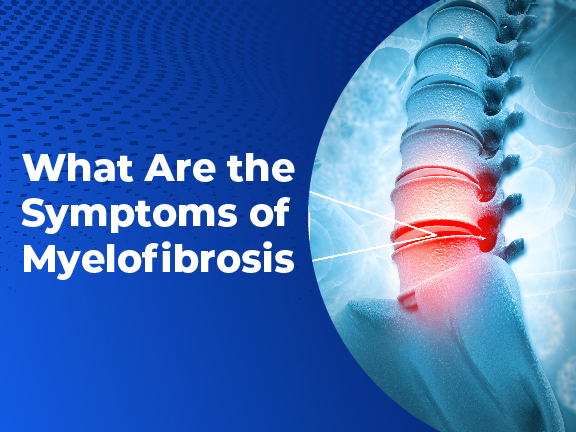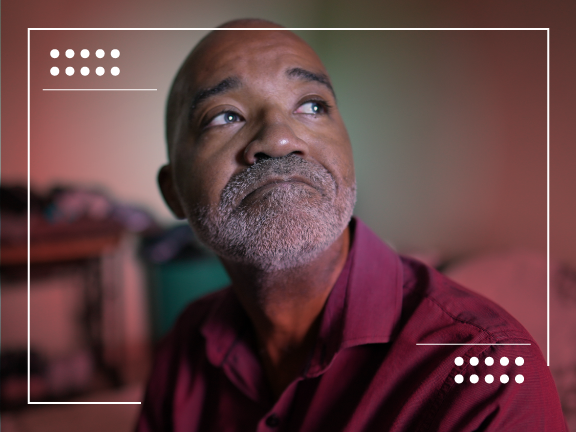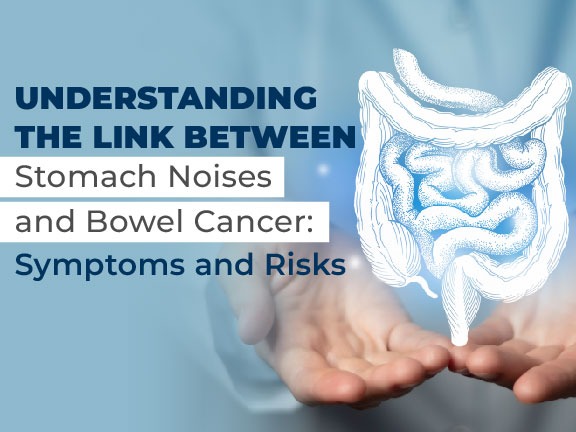Introduction
Myelofibrosis is a rare type of blood cancer that’s characterized by the abnormal buildup of scar tissue in your bone marrow. This condition causes anemia and other symptoms that can become life-threatening if left untreated. Myelofibrosis is often diagnosed during routine blood tests or after a bone marrow biopsy.
What is myelofibrosis?
Myelofibrosis is a rare type of blood cancer. It causes too many abnormal white cells to be made in the bone marrow. As these abnormal white cells begin to crowd out healthy blood cells, you may develop symptoms such as:
- fatigue (feeling tired)
- weakness or shortness of breath
- dizziness or fainting spells due to low oxygen levels in your blood
What causes myelofibrosis?
Myelofibrosis is a chronic disease and does not seem to be contagious. It is not a form of leukemia or cancer, but rather a form of bone marrow failure.
What are the symptoms of myelofibrosis?
Myelofibrosis is a rare type of blood cancer that’s characterized by the buildup of scar tissue in bone marrow, which is the spongy tissue inside most bones that creates blood cells. Myelofibrosis is often diagnosed after a patient has abnormal results on routine blood tests. Many patients don’t have symptoms when they’re diagnosed with myelofibrosis. However, the buildup of scar tissue can interfere with production of healthy blood cells. Patients with myelofibrosis may develop anemia (low red blood cell count), an enlarged spleen and/or liver, and other physical changes. Common symptoms of myelofibrosis include:
- Fatigue, which can be severe and limit your ability to perform daily tasks
- Weakness
- Shortness of breath
- Dizziness or fainting spells
- Shortness of breath
- Bone or joint pain
- Easy bruising or bleeding
- Numbness or tingling in your feet and hands (peripheral neuropathy)
- Swollen or painful abdomen
Myelofibrosis is a type of blood cancer
You may have myelofibrosis if you have any of the following symptoms:
- Easy bruising or bleeding
- Numbness or tingling in your feet and hands (peripheral neuropathy)
- Swollen or painful abdomen, caused by enlarged spleen and liver
- Excessive tiredness, weakness and shortness of breath on mild exercise (fatigue)
What are the tests for myelofibrosis?
The following tests may be used to diagnose myelofibrosis:
- Blood test: A blood test is a procedure in which a sample of blood is drawn from an artery or vein. The sample of blood can be tested for several things, including the number of platelets and red blood cells. This type of test allows your healthcare provider to see if you have anemia or other conditions that affect your body’s ability to form new blood cells.
- Bone marrow biopsy: A bone marrow biopsy is a procedure used to remove bone marrow from your hip bones in order to get tissue samples (biopsies) for examination under a microscope. This type of test helps diagnose myelofibrosis, as well as other conditions that affect the formation of red and white blood cells and platelets in the bone marrow.
- Imaging tests: Imaging tests use X-rays, magnetic fields and radio waves to create pictures inside the body on film or TV monitors
How is myelofibrosis treated?
In most cases, myelofibrosis is treated with a combination of chemotherapy and radiation therapy. These treatments can reduce the number of abnormal cells in your bone marrow, but they don’t always get rid of them completely. In some cases, you may undergo a stem cell transplant from a donor. This procedure can help your body produce new blood cells and improve your overall health.
If you have mild myelofibrosis (not severe), your doctor may tell you to take medications that help control symptoms such as pain or fatigue. The drug ruxolitinib (Jakafi®) is often prescribed for this purpose because it reduces the amount of white blood cells in your body while it slows down how quickly they turn into red blood cells or platelets.
The treatment you receive depends on how far your disease has progressed.
The treatment you receive depends on how far your disease has progressed.
You may need to take medications to help control your symptoms. If you have myelofibrosis, your doctor will recommend treatment based on your individual needs.
Conclusion
In general, the goal of treatment is to control your symptoms and prevent complications. This may include blood transfusions, medications and other treatments as needed.
Visit our Myelofibrosis Guide page for more information.












